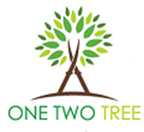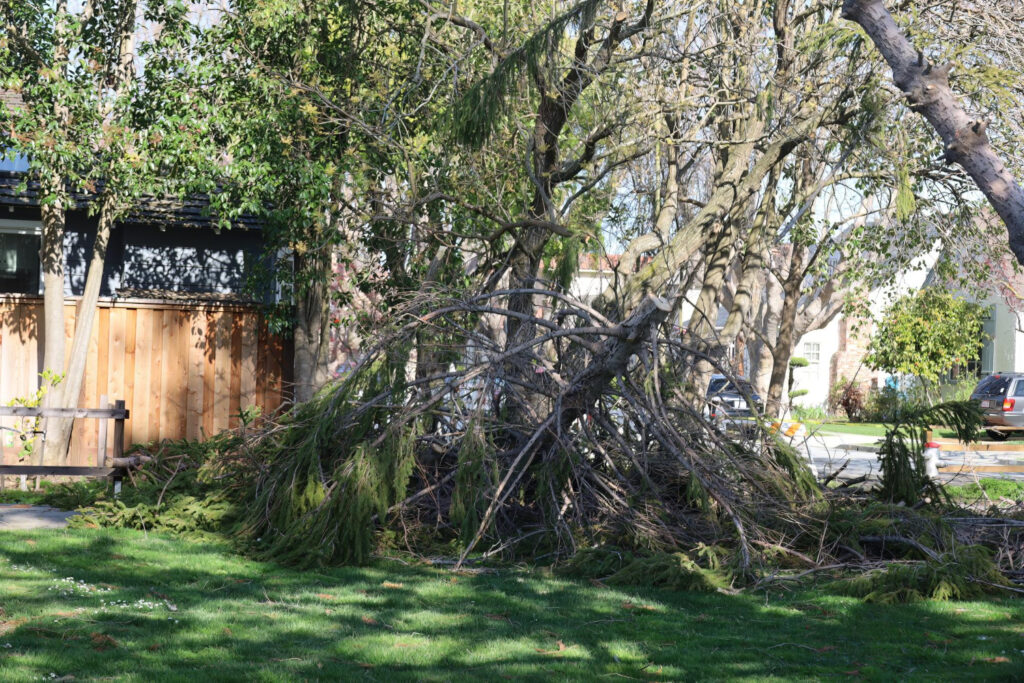Storms can leave your yard in disarray, with branches, leaves, and other debris scattered everywhere. Cleaning up after a storm might seem like a big task, but it’s essential for safety and restoring your yard. Ensuring a clean and safe outdoor space not only keeps your property looking great but also prevents hazards that could affect you and your family.
After the storm has passed, it’s important to approach cleanup with care. Evaluating any damage and understanding what tools you need will help you manage the debris efficiently. Taking the right steps not only ensures you’re safe during cleanup but also helps you protect your landscape for the future.
By knowing what to do and how to do it, you can turn a potentially overwhelming chore into a more manageable process. Taking things one step at a time allows you to clear your yard quickly and effectively. Let’s dive into practical tips that will help you tackle storm debris and give your yard the care it deserves.
Assessing Storm Damage Safely
After a storm rumbles through your area, the first step is to assess the damage carefully. Safety should be your top priority. Begin by checking for any downed power lines. Do not go near them; instead, report them to the utility company immediately. Power lines pose a severe threat and should be dealt with by professionals.
Next, look for any large branches or trees that might have fallen. These can be hazardous, especially if they are leaning on structures or other trees. Avoid standing underneath or near these areas until they are properly secured or removed. If you feel it’s safe, take pictures or notes of the damage to help you prioritize what to address first.
Examine your home and other structures for damages like missing shingles or broken windows. These issues require professional help, especially if they involve roofing or other critical components. Also, check fences, sheds, and other yard features for damage.
Approach cleanup with proper safety gear, like gloves and boots. Wear long sleeves and pants to protect yourself from sharp objects or hidden dangers. By carefully assessing storm damage with safety precautions, you can avoid accidents and tackle the cleanup more effectively.
Essential Tools for Debris Removal
Having the right tools makes debris removal easier and faster. Start with basic hand tools that are useful for collecting and clearing smaller debris. Use a rake to gather leaves, twigs, and small branches into manageable piles. A leaf blower can speed up the process, especially for lighter materials spread over a large area.
For larger branches and logs, a sturdy wheelbarrow or garden cart helps transport debris to a disposal area. A pair of strong, sharp loppers will cut through thicker branches, and a handsaw can manage medium-sized limbs. For larger jobs, a chainsaw is necessary to tackle big branches and trees safely.
Personal safety equipment is also crucial. Wear work gloves to protect your hands from splinters and sharp edges. Safety goggles shield your eyes from flying debris, and sturdy work boots offer essential foot protection.
Other supplies that might come in handy include tarps for dragging large piles of debris and garbage bags for smaller waste materials. Having these tools on hand not only simplifies the cleanup process but also ensures you’re prepared to handle any storm debris efficiently. With the right tools, you can transform a daunting task into a more manageable one, ensuring your yard returns to a safe and tidy condition.
Efficient Debris Sorting and Disposal
Once the debris is gathered, sorting it efficiently helps streamline the disposal process. Begin by organizing debris into categories. Separate organic materials like leaves, branches, and twigs from other types of waste. Organic materials can often be composted or mulched, reducing overall waste and benefiting your garden.
For non-organic debris, sort items such as broken pots, glass, or metal scraps. Clearly separating these helps when it’s time to recycle or dispose of them properly. Many local waste services offer guidelines on recycling and disposing of storm debris, so check what services are available in your area.
Consider renting a wood chipper for larger branches and logs. Chipping reduces the volume of wood waste and provides useful mulch for your garden. Mulch helps retain soil moisture and improves aesthetics, turning storm debris into a valuable resource.
For hazardous materials, like broken glass or sharp metal pieces, handle with care. Wear protective gloves and use strong garbage bags to prevent injury. Efficient sorting and disposal not only clears your yard quickly but also ensures that waste is managed responsibly, benefiting both your garden and the environment.
Restoring and Protecting Your Landscape
After the storm debris is cleared, it’s time to focus on restoring your landscape and protecting it from future damage. Start by assessing your plants and trees for signs of stress or damage. Watering them thoroughly aids recovery by providing much-needed hydration.
Inspect your soil for compaction or erosion caused by heavy rains. Aerate compacted soil using a garden fork or aerator tool to allow for better water and nutrient penetration. If erosion is an issue, consider adding mulch or planting ground cover to stabilize the soil and prevent further loss.
Prune any damaged branches from trees and shrubs to encourage healthy regrowth. Removing broken or split branches helps prevent disease and pests from entering the plants. For more extensive damage, consult a professional tree service to ensure proper care.
Applying a layer of mulch around plants and trees conserves moisture and suppresses weeds. It also offers a protective barrier against temperature fluctuations, helping your landscape endure until it fully recovers.
Be proactive about future storms by assessing vulnerable areas of your landscape. Strengthen weak branches, secure loose structures, and consider planting wind-resistant trees to better safeguard your garden. Regular maintenance keeps your yard resilient and beautiful year-round.
When storms hit your landscape, One Two Tree is ready to help you restore and protect your outdoor spaces. Contact us for professional storm debris removal in Marietta and landscaping services designed to keep your yard safe and stunning. Whether you need help with debris removal or landscape restoration, our experienced team is here to support you every step of the way.

